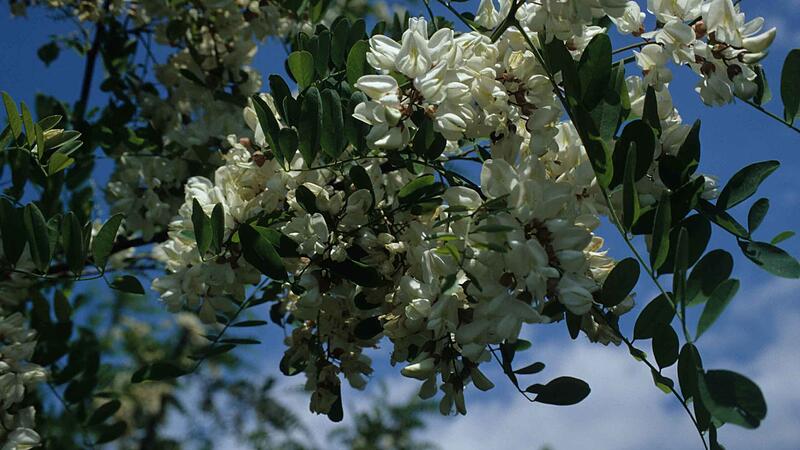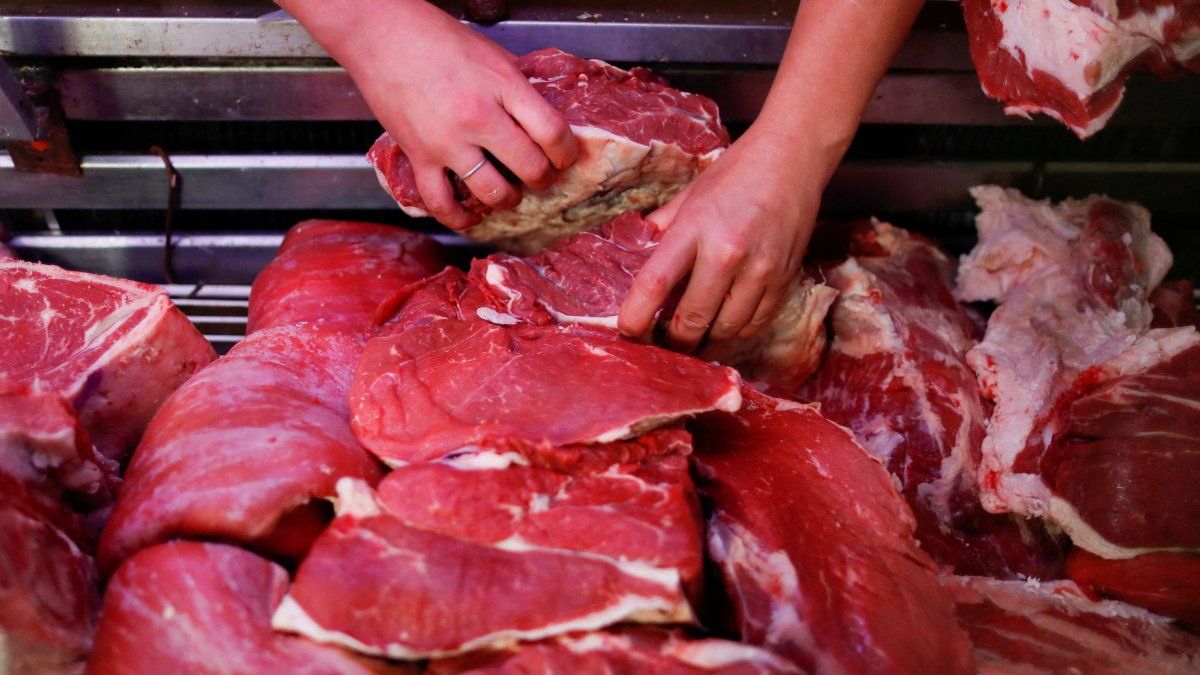Image: ESSL (UNIVERSITY OF VIENNA)
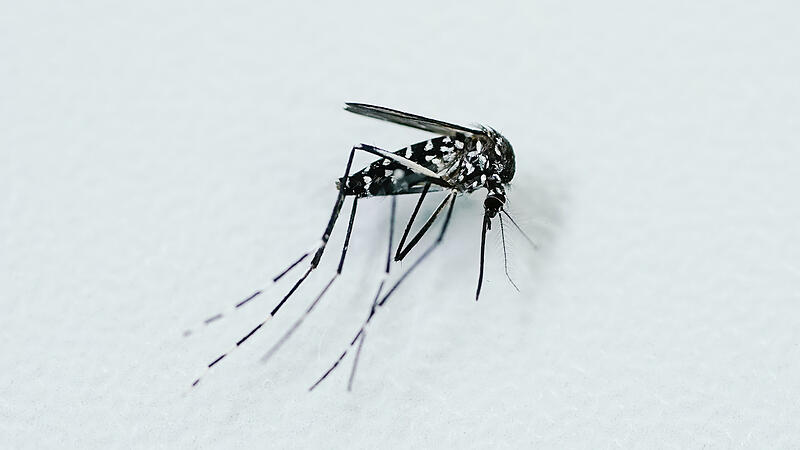
Image: UWE ANSPACH (DPA)
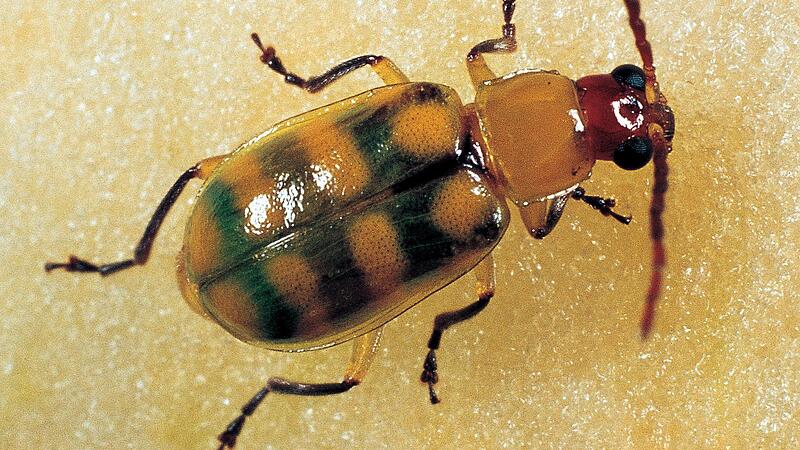
Image: BAYER (APA)
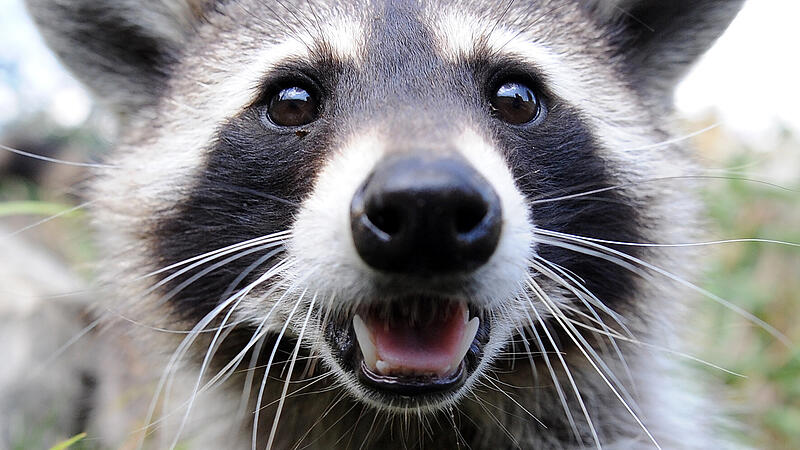
Image: FELIX HEYDER (DPA)
Globalization, climate change and the decline in biodiversity are opening up new niches into which living beings are pushing that don’t really belong there – so-called non-native species or “neobiota”. In its report published on Monday, the World Biodiversity Council (IPBES) urgently draws attention to the problem. The committee lists over 37,000 neobiota, of which 3,500 are considered “invasive” – i.e. dangerous. Their influence has recently “increased rapidly”.
Created with Visme Infographic Maker
Erratic rise
In its “Report on Invasive Alien Species” for 2019, IPBES puts the costs caused by the spread of such creatures at 423 billion dollars (around 400 billion euros). If you look at the influence of these invasive alien species, then you are dealing with an “exponential” – i.e. escalating – growth, explained the ecologist and biodiversity researcher Franz Essl from the University of Vienna, who was involved in the report. Since the 1970s, the documented costs per decade have quadrupled.
Hanno Seebens from the Senckenberg Research Center for Biodiversity and Climate in Frankfurt am Main explained in a press conference organized by the German Science Media Center (SMC) that the phenomenon has been dealing with a “long-lasting” increase in principle since the 1950s. It was surprisingly clear from the report, which was available for the first time in this comprehensive form, that the developments actually “look the same” all over the world, according to the lead author of the chapter “Synthesis of past and future trends” in the IPBES paper.
36 new species by 2050
“It’s going up steeply,” and there’s no reason why the process should be reversed. On the contrary: by the year 2050, the researchers expect 36 percent new non-native species. “We have a huge problem” that still receives too little attention, said Sven Bacher from the University of Friborg (Switzerland) and lead author of the chapter “Ecological, economic and social impacts” in the report.
main drivers of species extinction
Experts have been working on the analysis of over 13,000 scientific publications worldwide for years, and the voting process has been running since 2019, which has now come to a conclusion at the IPBES General Assembly in Bonn. The synthesis report also shows, among other things, that neobiota were involved in more than 60 percent of the documented cases of extinction of a species. In some cases they were even the main cause, according to Essl: “These are not isolated cases.” Invasive alien species are thus one of the main drivers of species loss, loss of ecosystem services and ultimately important prerequisites for human economic or health well-being.

Image: UWE ANSPACH (DPA)
Where the phenomenon becomes visible to us
In our latitudes, the phenomenon is clearly visible for hikers, for example, for whom the tall-growing Himalayan Balsam, which originally comes from Asia and was introduced as an ornamental plant, makes it difficult to see rivers, for those who are allergic to pollen, for whom the ragweed from North America prolongs the hay fever season, or for farmers, for whom Pests that have been introduced in recent decades have resulted in crop failures. The phenomenon can therefore also have an impact on food security.

Image: BAYER (APA)
More than 2000 neobiota in Austria
The animals, plants or fungi that have mostly arrived in new regions via the ever tighter global trade networks often find good living conditions in areas that are new to them as a result of global warming. In Austria there are now more than 2,000 neobiota.
For example, the robinia from North America. In the Donauauen National Park, for example, the tree is responsible for the destruction of valuable flower meadows. The corn rootworm is also spreading in this country. If it infects maize plants, this causes great economic damage. The Asian tiger mosquito has also made itself comfortable in our latitudes. It is considered a possible carrier of 20 different pathogens. The increasing distribution of the quagga mussel in Austria’s lakes is another prominent example of an invasive species with large regional impacts. The cute-looking immigrants from North America called raccoons or American mink (mink) also cause problems in many areas.
New species drive out native species
If these species displace native animals and plants and massively transform ecosystems, this is referred to as a biological invasion. The “negative effects” of such developments would far outweigh the rather sparse and mostly regionally limited positive effects, explained Bernd Lenzner from the Department of Botany and Biodiversity Research at the University of Vienna, who was also involved in the preparation of the 1,000-page paper.
With a summary, the World Biodiversity Council primarily addresses politicians and the general public. Lenzner emphasized that the aim was to draw more attention to the globally virulent topic – also to show that something can be done against the almost uninhibited spread so far. There are a few examples of how people are trying to get the problem with imported and rapidly multiplying rats or mice under control, especially on hard-hit islands like New Zealand.

Image: FELIX HEYDER (DPA)
“Initial phases” must be recognized better
On the large land masses this is of course more difficult. But also in Austria, where 32 of the 88 invasive animal and plant species currently on an official EU list occur, much more can be done. Overall, “Only 20 percent of all countries really have strong legislation on invasive species,” said Essl, highlighting the EU’s 2015 “Invasion Regulation.” It lists at least a few species whose spread is to be restricted, for example by import bans, and for which the member states must also be accountable. “However, the implementation of the regulation in the federal states is lagging behind the requirements. That also applies to Austria, I would think,” says Essl, who also sees the distributed responsibilities in this country for nature and species protection as a major problem area.
In any case, the greatest chances of containment arise when potentially dangerous neobiota are quickly identified and combated. The report also lists prevention and species screening as the most cost-effective and effective measures, Lenzner emphasized. One must better recognize and use the “initial phases” of the developments. The later you take countermeasures, the more difficult, expensive and less promising it becomes.
“Successes are often invisible”
Overall, however, in many places there is a lack of an overview of the detailed processes involved in invasive alien species, the scientists complain. Despite some question marks, one sees a “clear dynamic” in the direction of aggravation of the problems. Conversely, introductions that have been avoided are of course hardly ever registered. Essl: “The successes that are also due to legislative measures are often invisible.”
Source: Nachrichten

